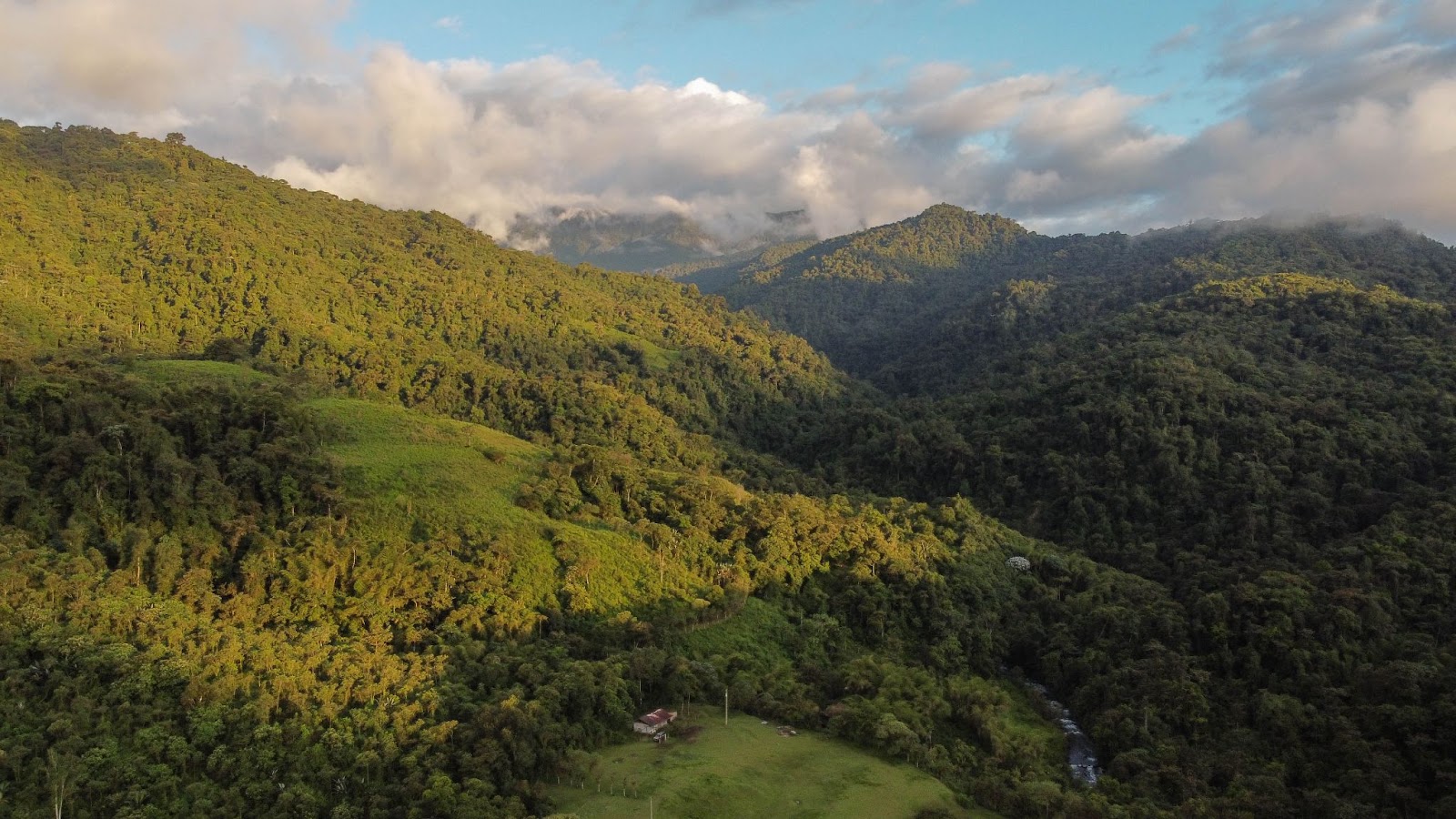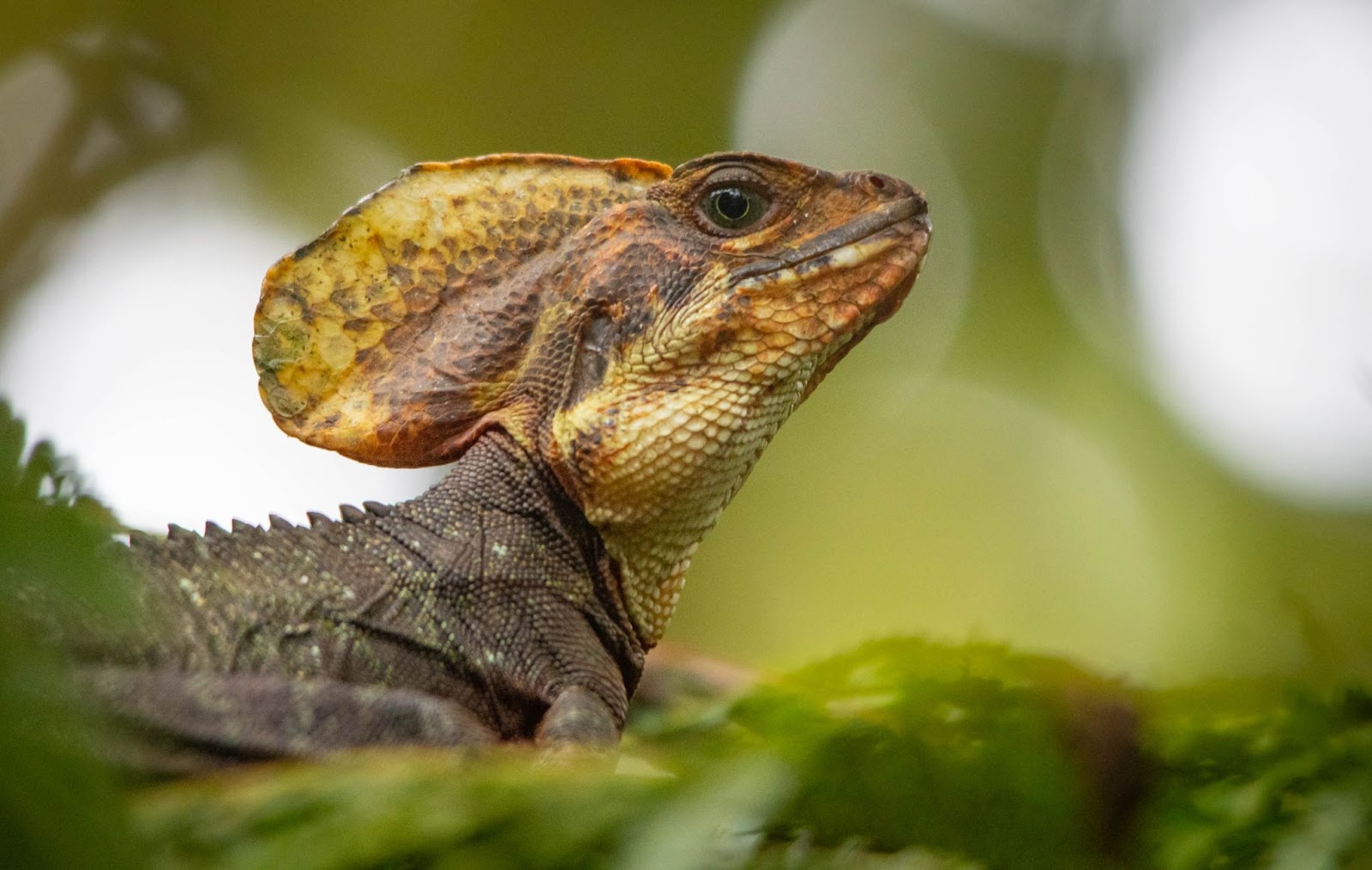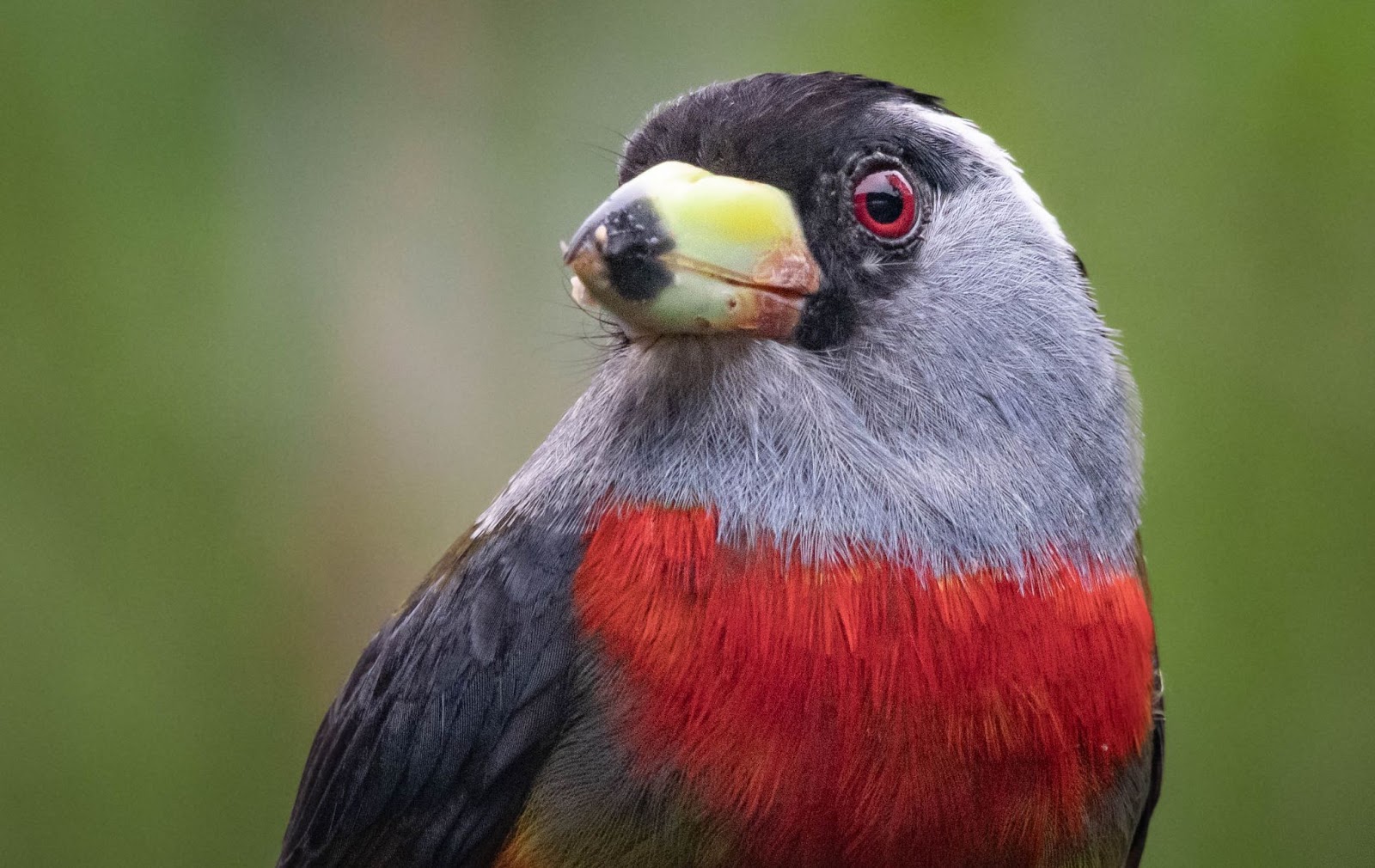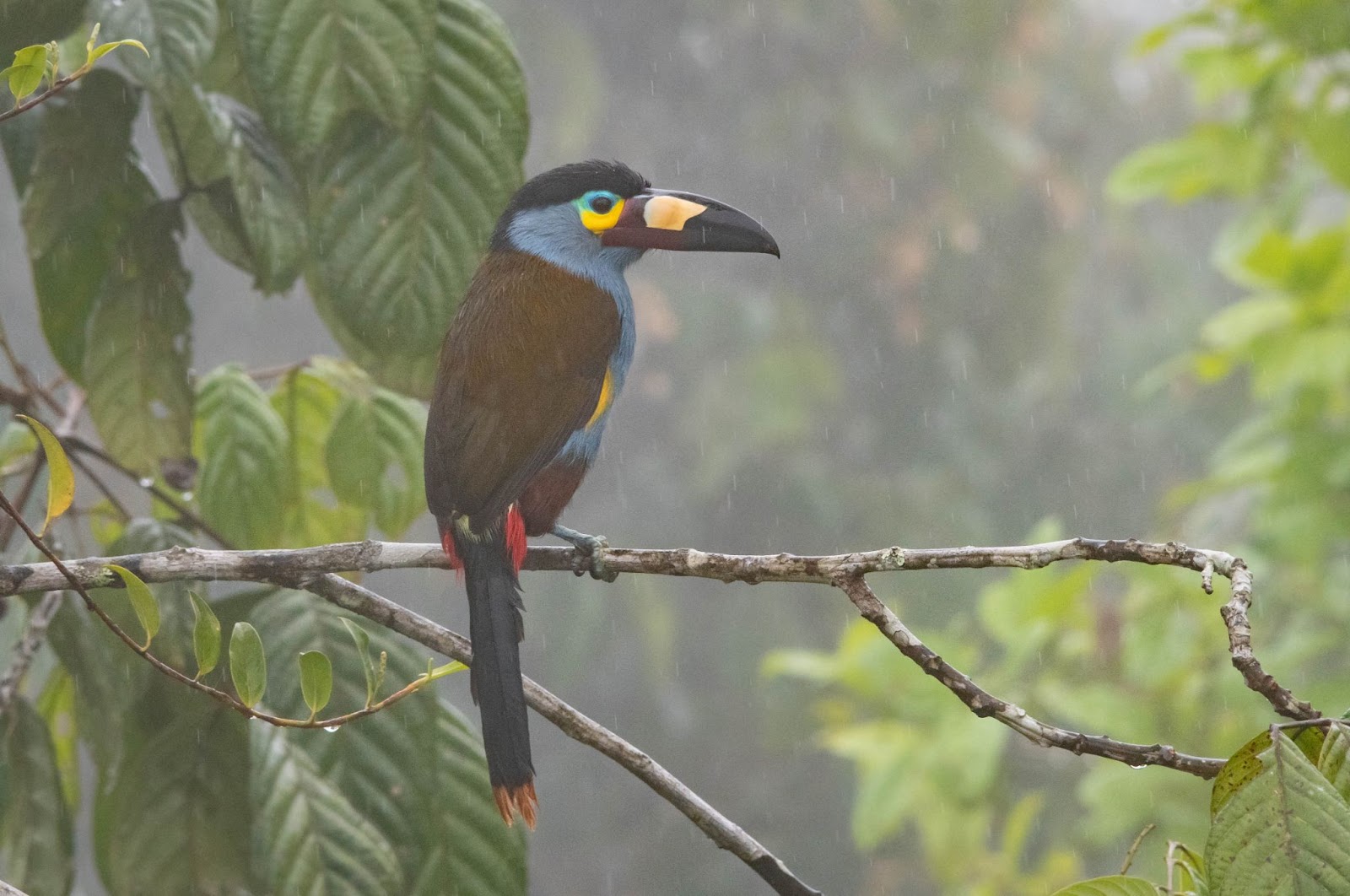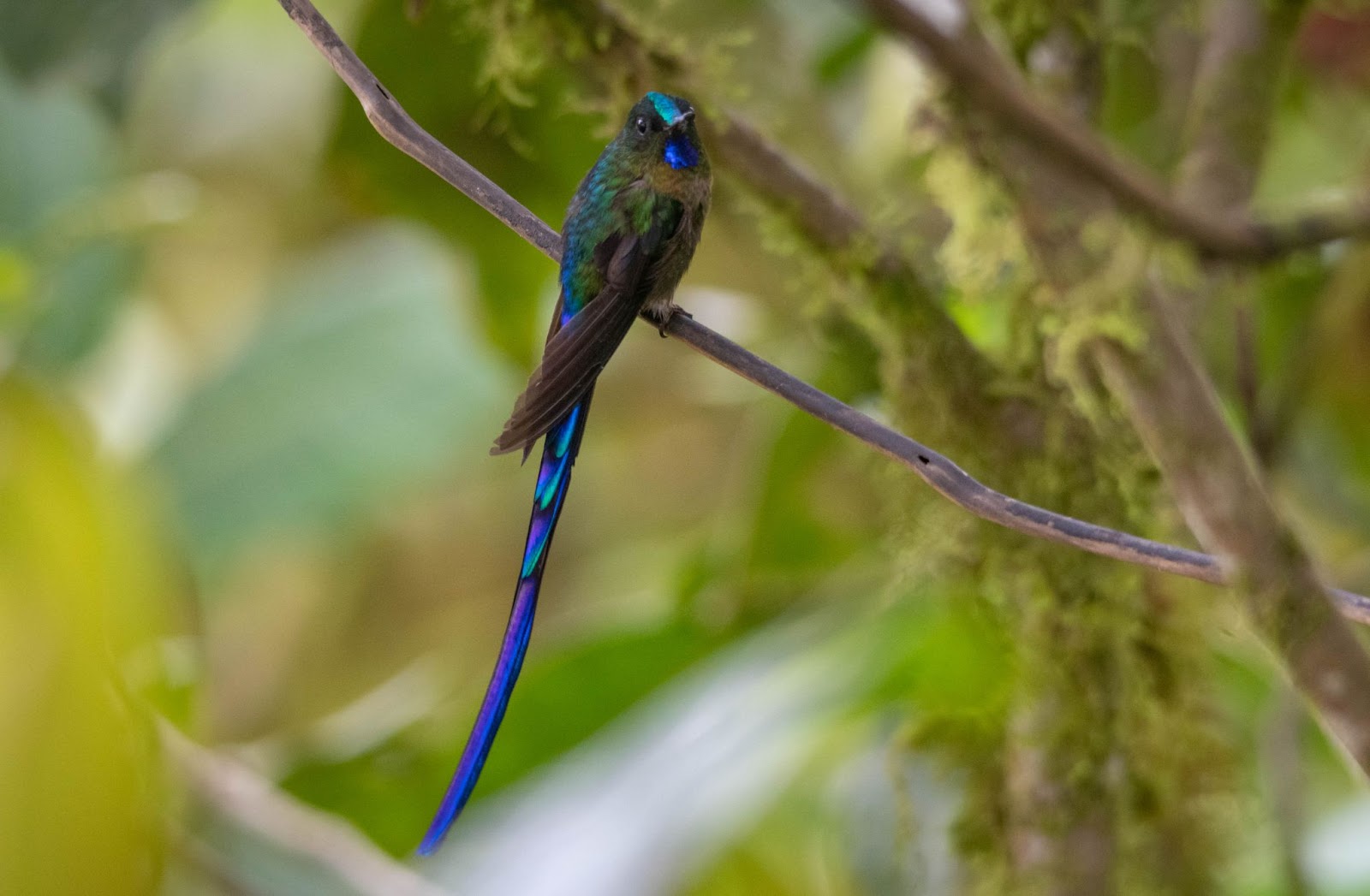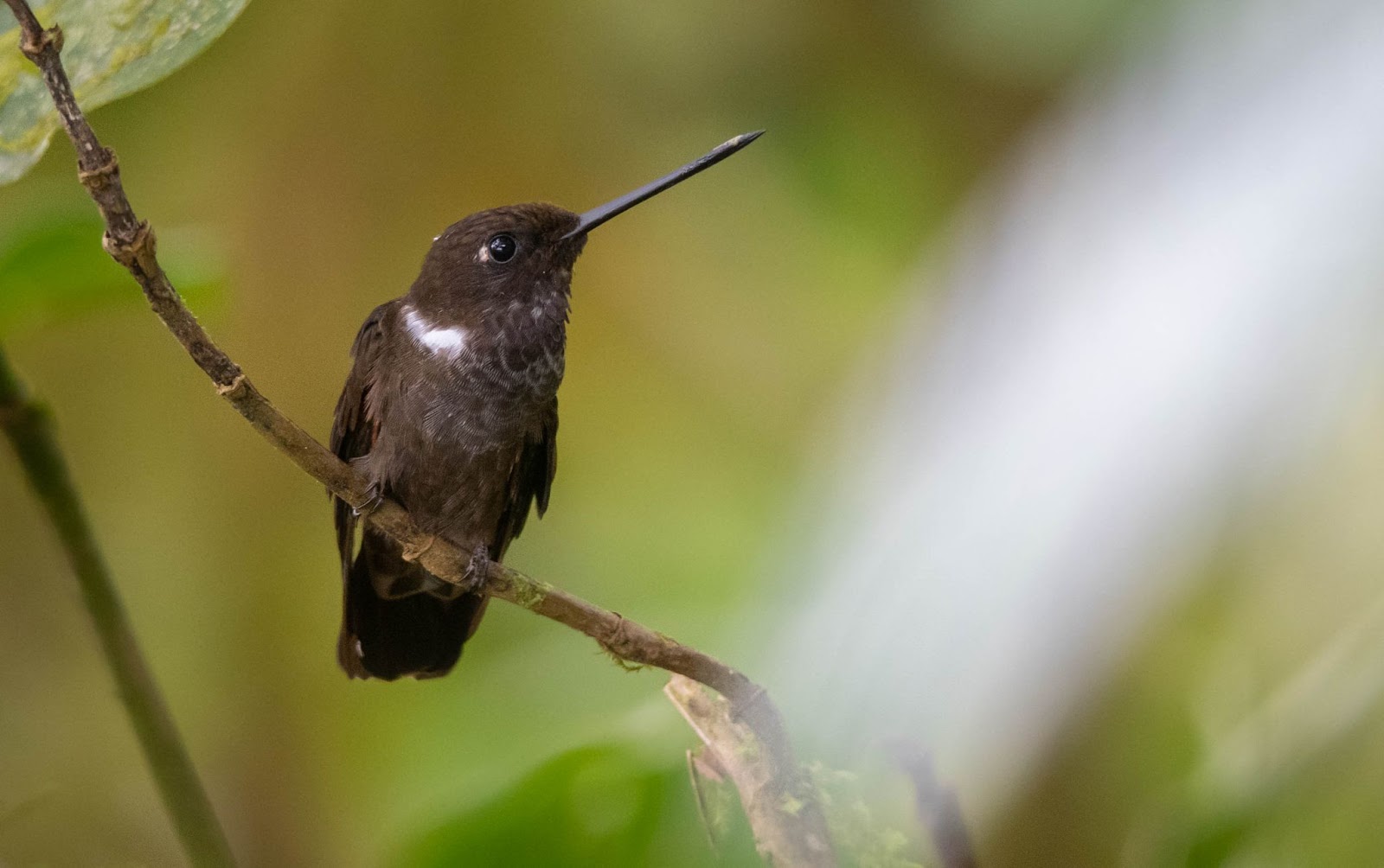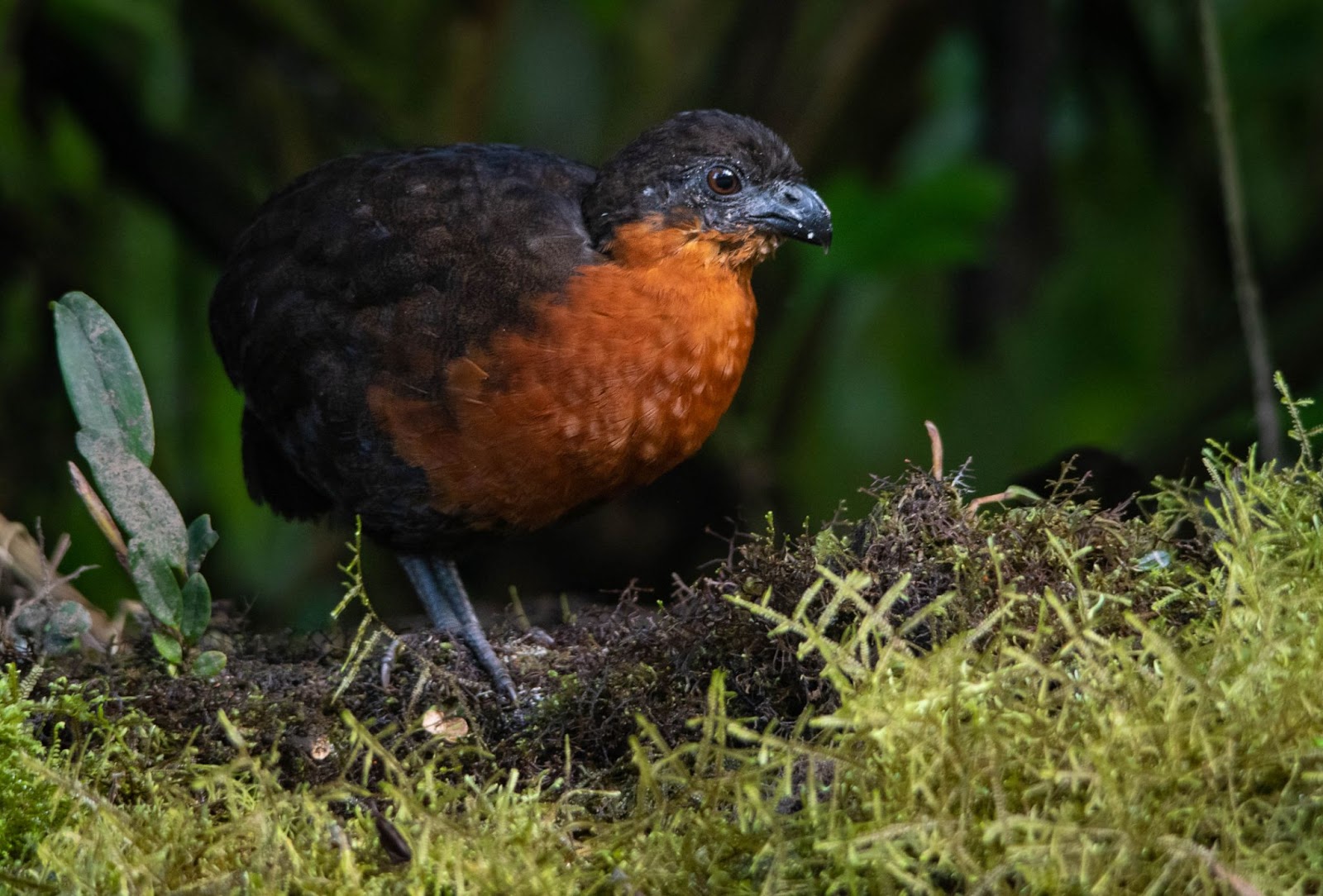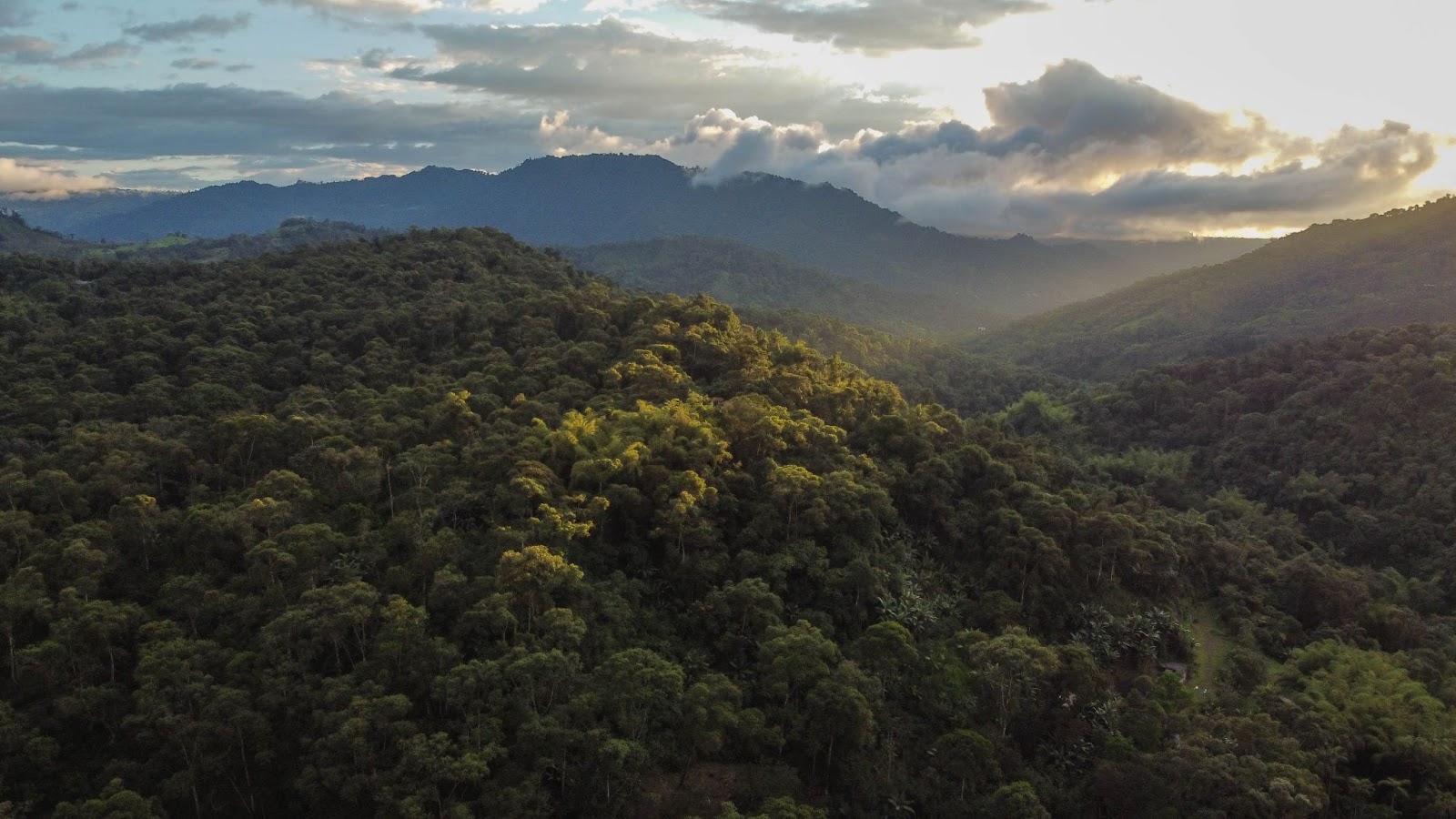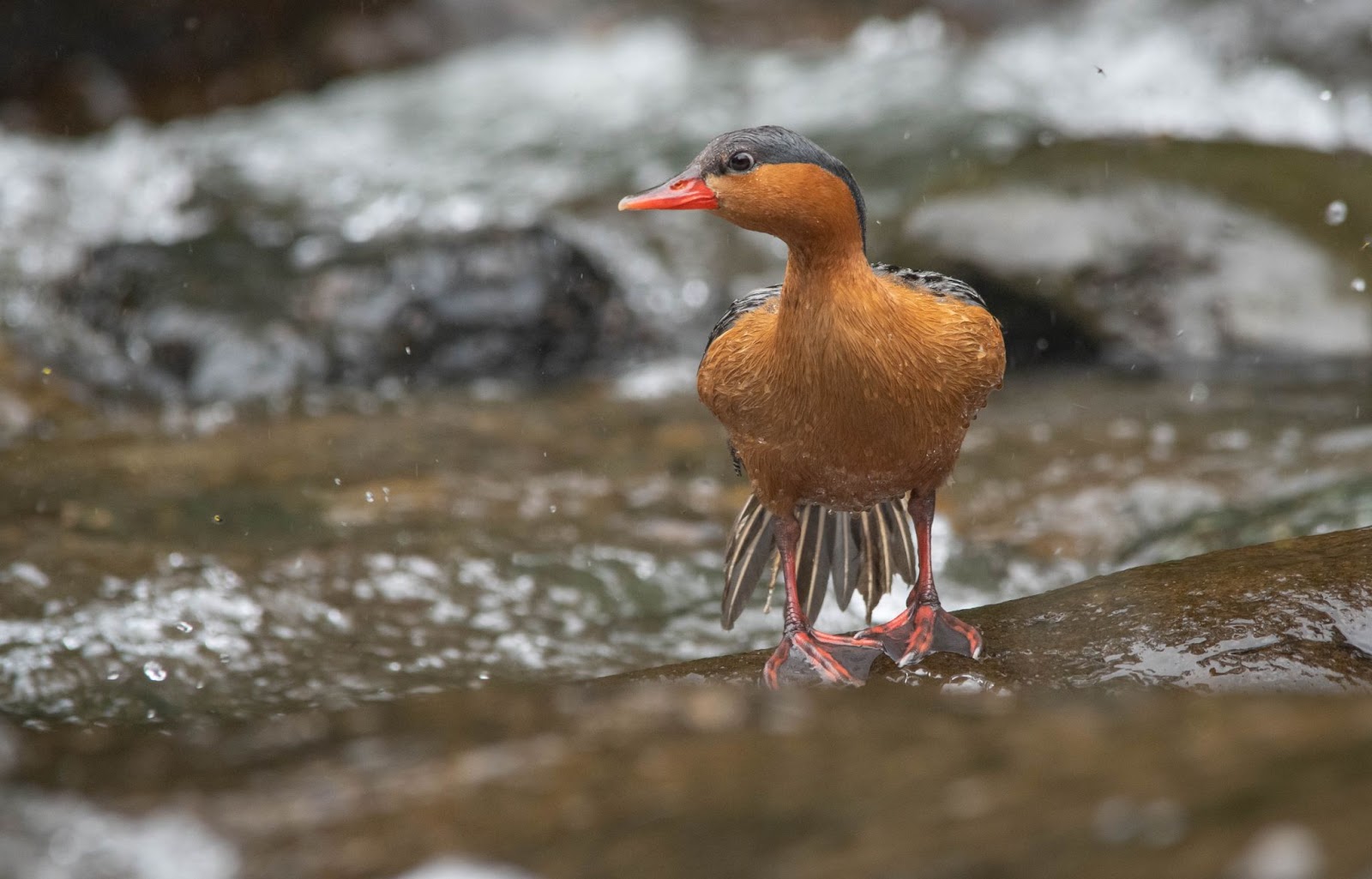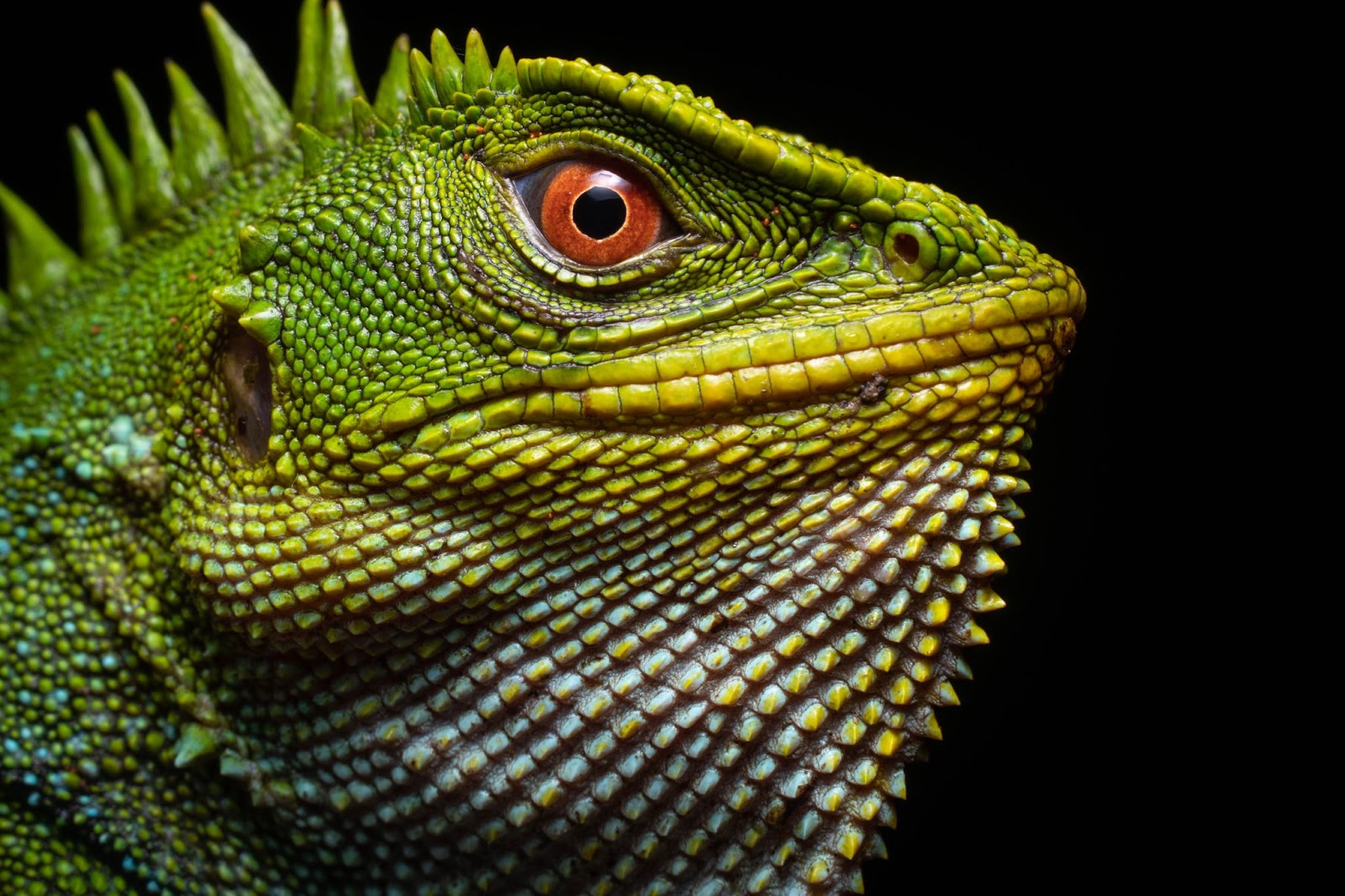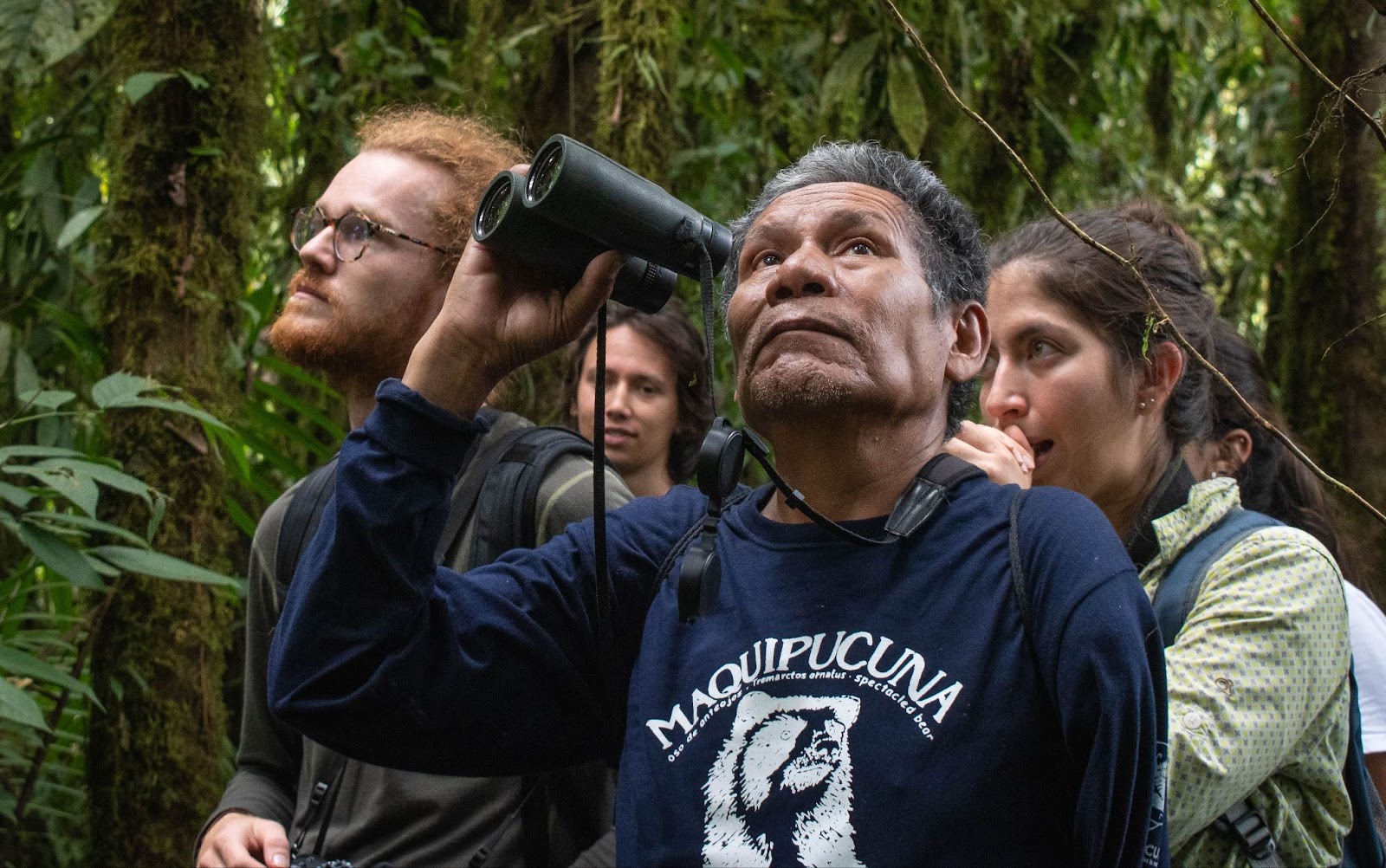The Chocó Andino:
Biodiverse and Beautiful
Written and Photographed by Ben Cammarata
Shrouded by clouds, and fortified by grand mountains, the Chocó Andino Biosphere Reserve is home to an astounding array of species. From vibrant songbirds to primeval reptiles, this reserve works to protect 286,805 hectares of land and the immense biodiversity found within its borders. The environment of the Chocó Andino is varied due to the unique habitats found throughout the reserve. With altitudes between 360 to 4,480 meters above sea level, both lowland and moist montane forests provide critical habitats for thousands of species.
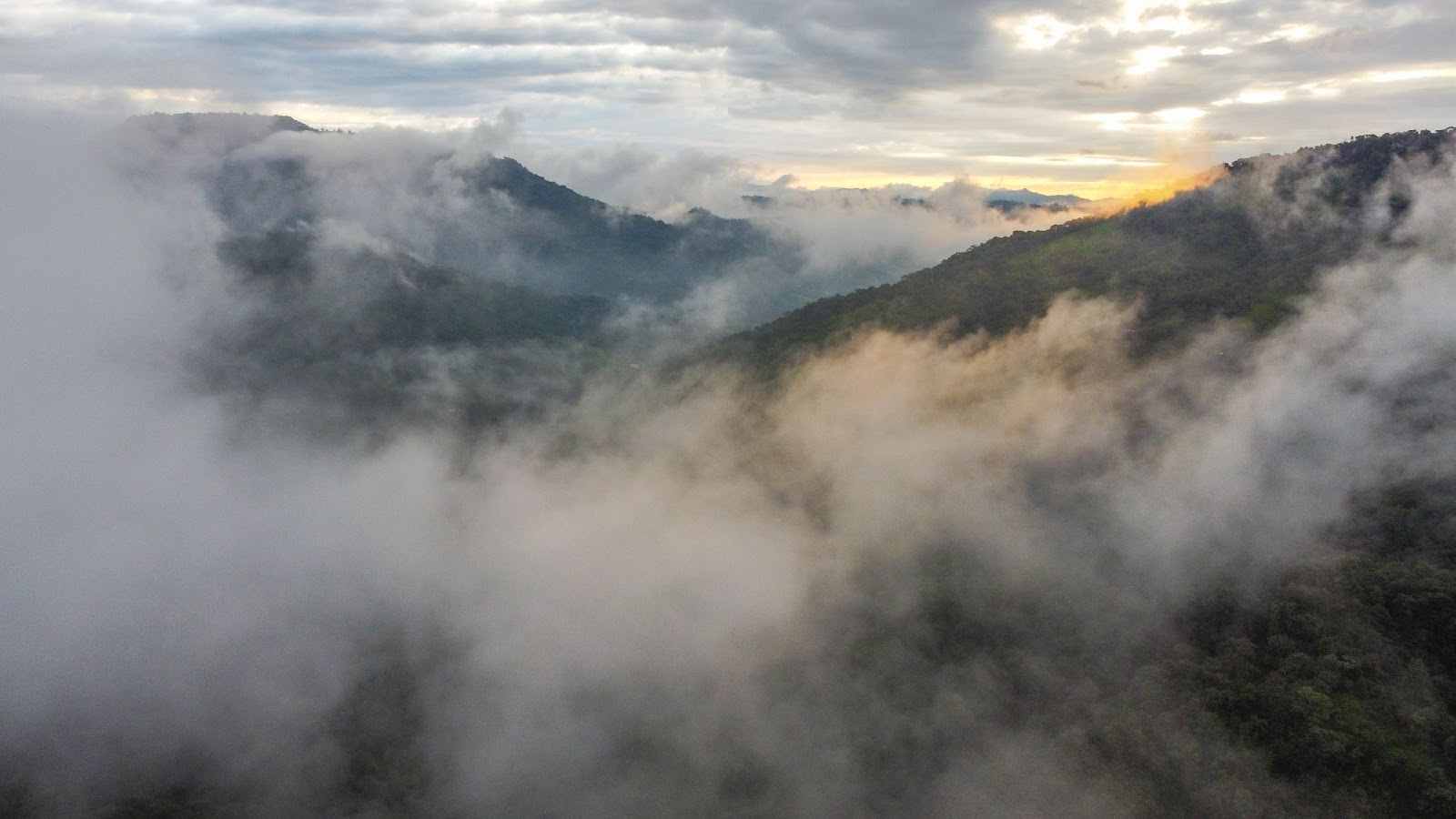
It is estimated that over 600 species of birds can be found across the valleys and summits of the reserve along with over 140 species of amphibians and over 110 species of mammals. Additionally, many Chocó endemics like the toucan barbet (Semnornis ramphastinus) and the plate-billed mountain toucan (Andigena laminirostris) can be found across the reserve, and the restricted range of these species makes protecting this land all the more important. Endemic species can only be found in a limited and established area, and this makes them very vulnerable to changes in their environment.
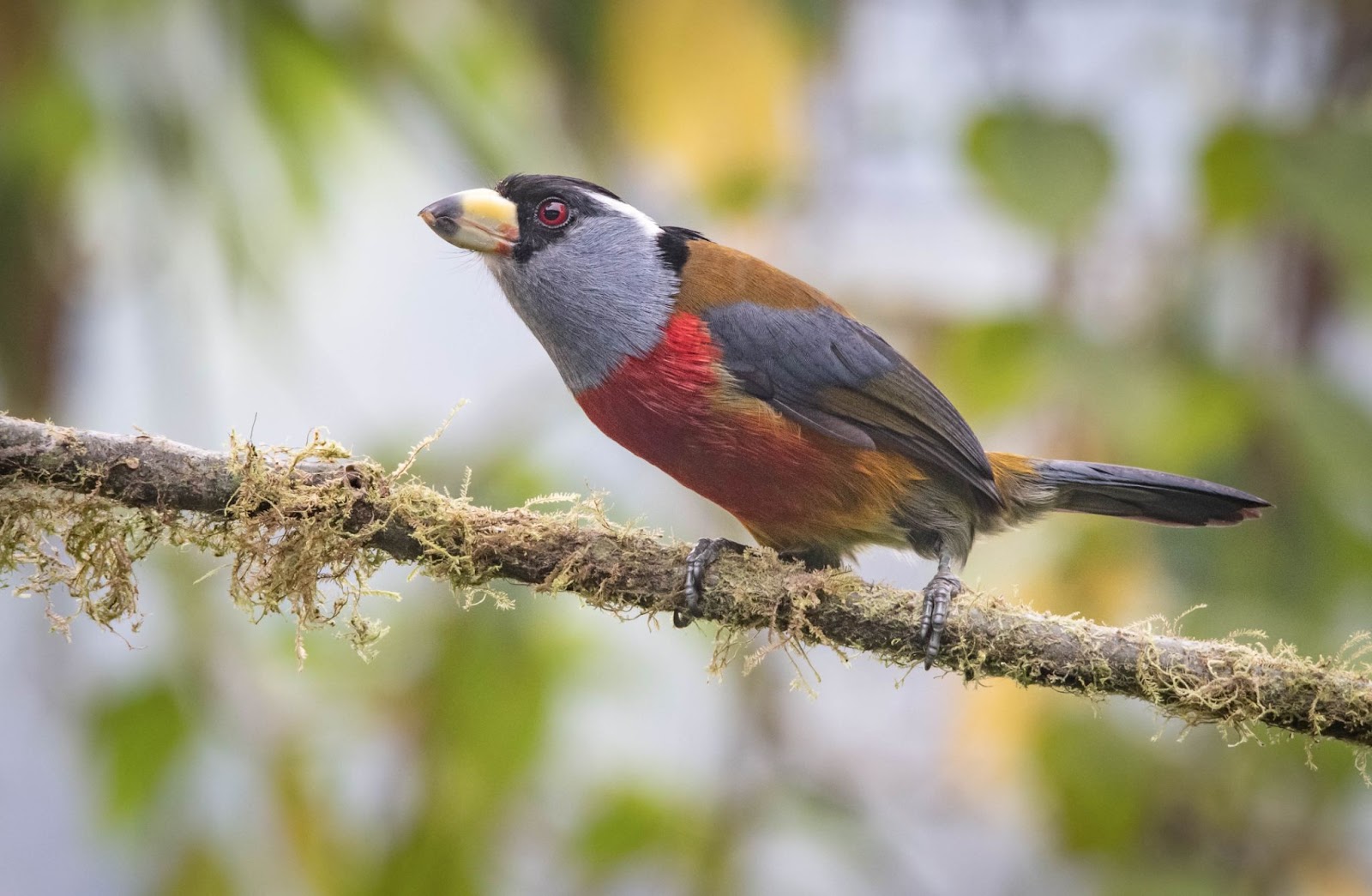
Endemism is extremely prevalent throughout this biosphere and it isn’t hard to find species completely confined to the Chocó rainforest. Breathtaking hummingbirds such as the velvet-purple coronet (Boissonneaua jardini), violet-tailed sylph (Aglaiocercus coelestis), and brown inca (Coeligena wilsoni) are just a few examples of species found only within the Chocó. Rare and hard-to-see ground-dwelling birds like the dark-backed wood quail and yellow-breasted antpitta also have limited ranges throughout Ecuador and Colombia.
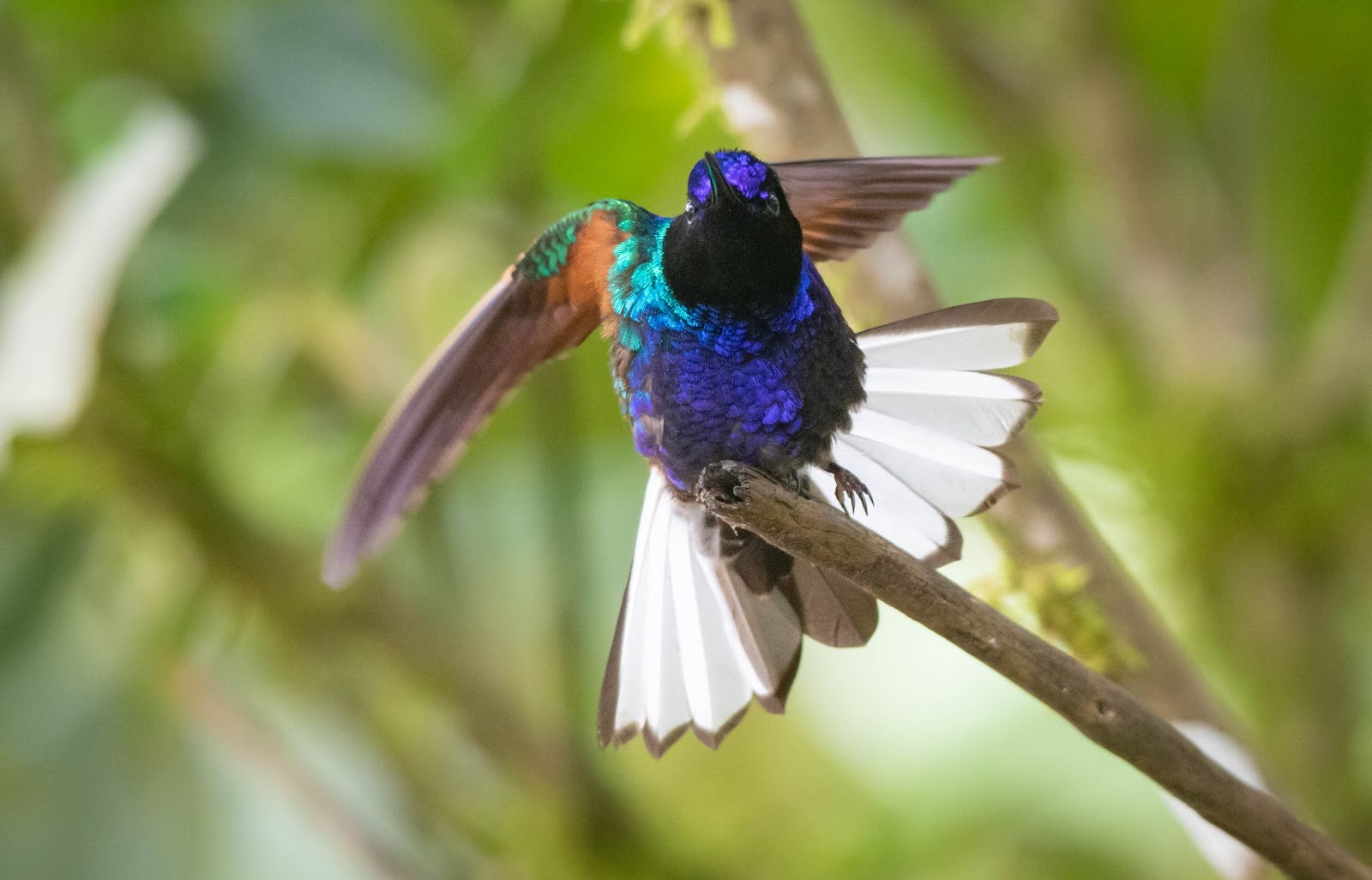
However, one of the most stunning examples of endemism would have to be the charismatic Pinocchio anole (Anolis proboscis). Thought to be extinct for almost 50 years, this incredible reptile was only accidentally stumbled upon again in 2005. Preferring to stay high in the canopy, it is easy to see how this lizard escaped detection for so long. Sexual dimorphism is obvious in this species, and only males exhibit a long facial appendage. Not much is known about this lizard, and the use of its long “nose” is still a mystery. Incredibly, the Pinocchio anole is restricted to an area under 1,000 km2, and this makes the preservation of the Chocó Andino important for the survival of the entire species.
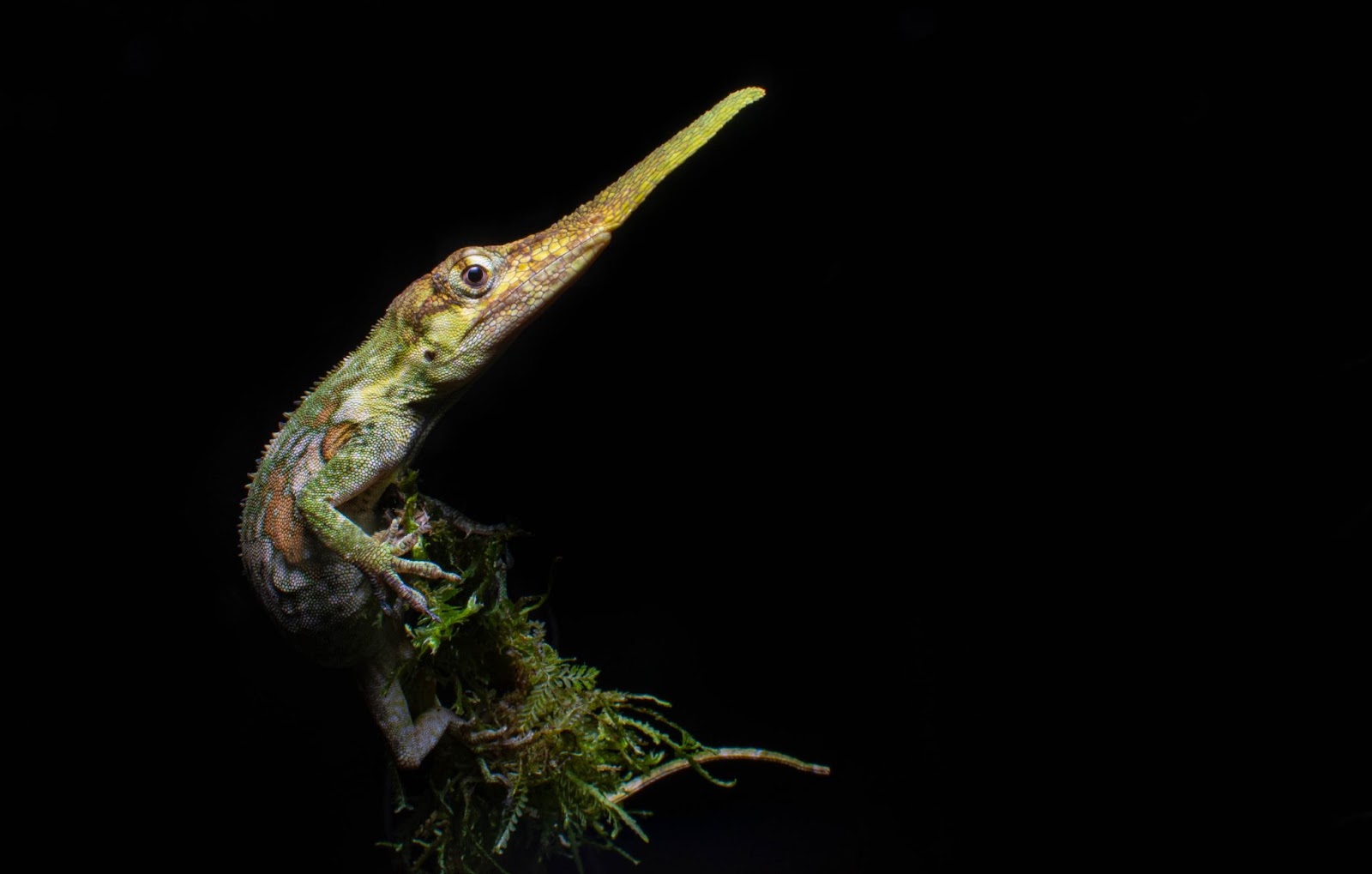
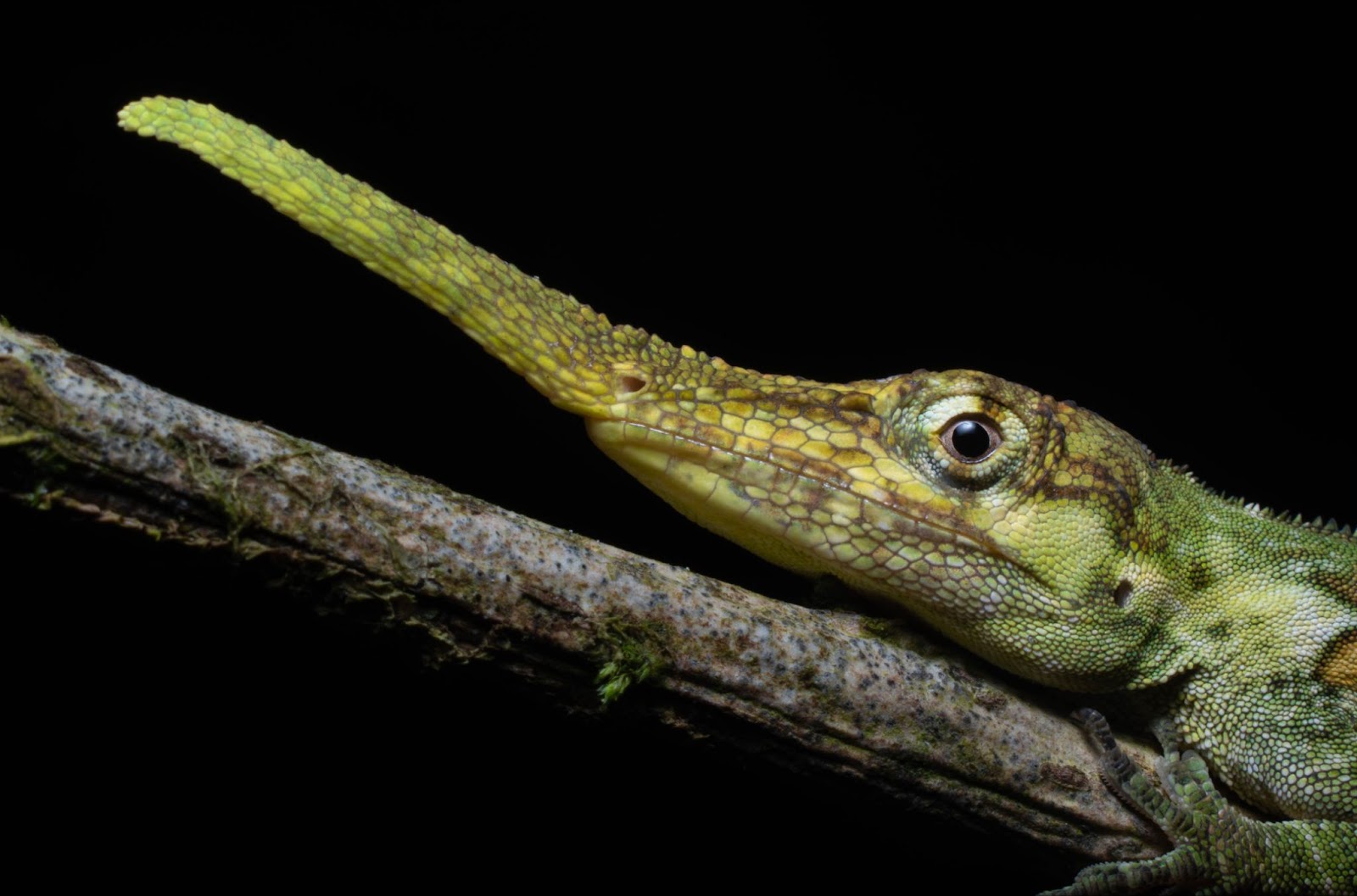

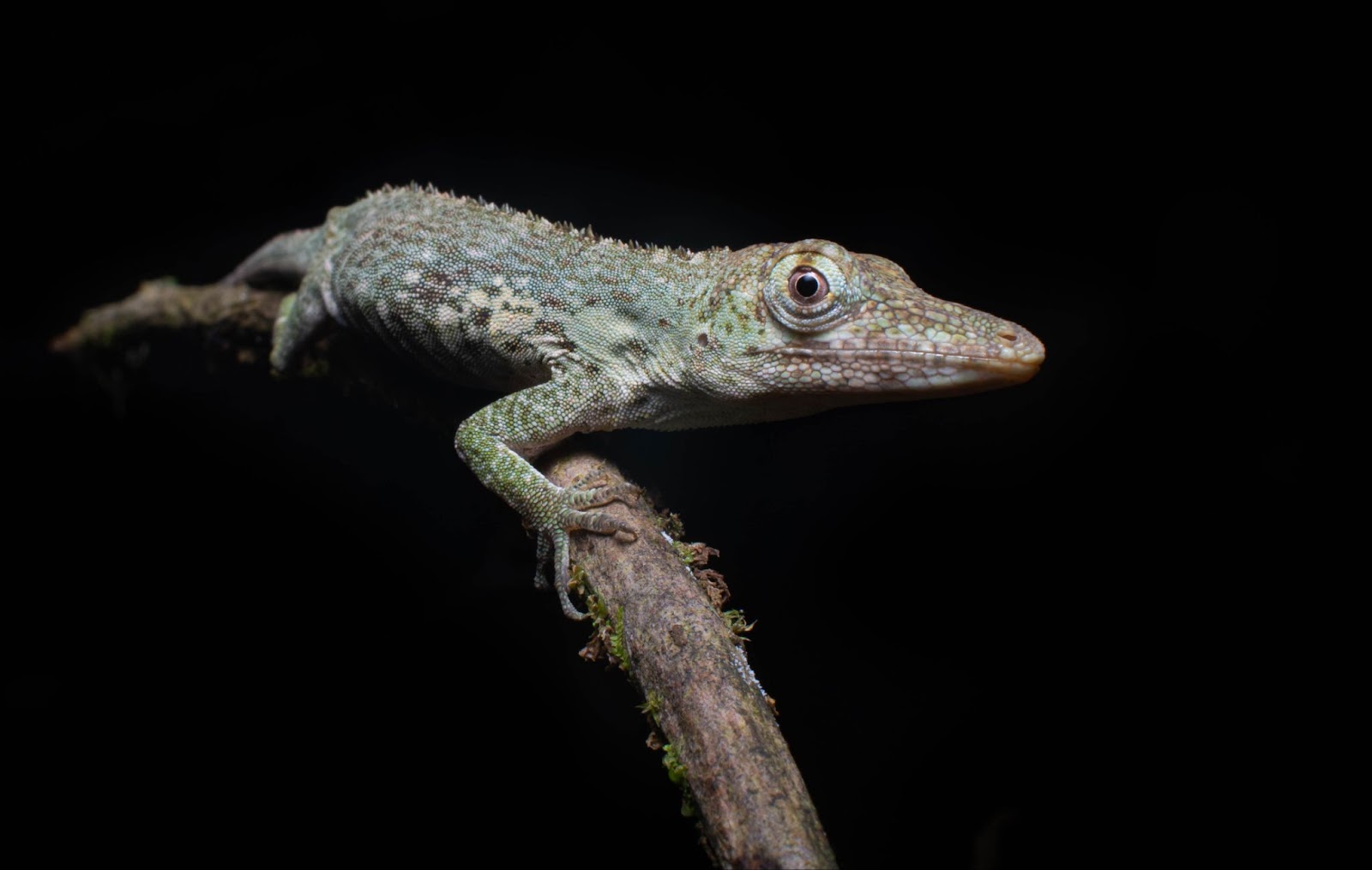
Sadly the Chocó Andino was not always protected, and it took decades of work before it was declared a UNESCO Biosphere Reserve. Much of the primary forest was cleared in the late 20th century for pastures and agriculture, the production of charcoal and sugarcane, and the extraction of hardwoods. Luckily private reserves, the first of which was Maquipucuna, created throughout the region began protecting the land in the mid-80s and the deforestation rate of primary forests decreased radically while many pastures soon became secondary forests.

Maquipucuna protects 6,000 hectares of land and works closely with communities and other ecotourism operations to help uplift the region and to protect the rainforest. One of the founders of Maquipucuna, Dr. Rebeca Justicia, coined the term Chocó Andino in 2007 after her thesis on the region was published. Now the reserve is one of the best places in the world to observe Andean bears (Tremarctos ornatus), while excellent views of torrent ducks (Merganetta armata), reptiles, amphibians, and countless insects are regular.
Today, the Chocó Andino has around 50,000 people living within its territory. Many still partake in agricultural activities, but several reserves within the biosphere reserve work with surrounding communities to help preserve remaining forested land. This includes employing people in the ecotourism industry, for example, as wildlife guides. Biosphere reserves are a fascinating space as they help bridge the gap between conservation and sustainable use of the land. This means that humans still use designated portions of land across the biosphere but in a way that maintains the natural resources for future generations.
With so much biodiversity within the Chocó Andino, it is crucial that this rainforest remains protected. Conservation nonprofits, ecotourism operations, and sustainable microenterprises must continuously work with communities to better the economy of the region and educate the youth on how interconnected humans are with the natural world. Many steps have already taken place to protect the Chocó Andino, but continuous conservation efforts from within Ecuador and the international community are essential to ensure both the people and wildlife of this land thrive.
